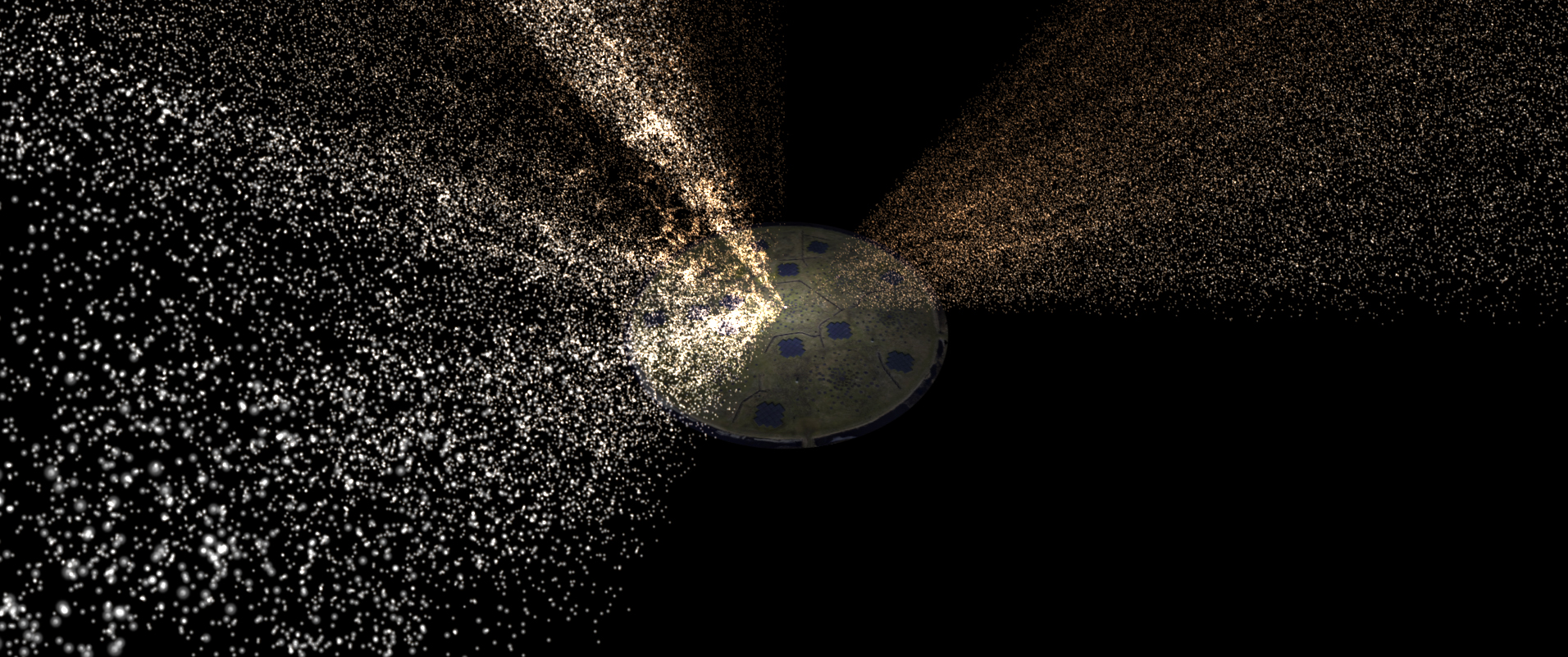New sky map showcases more than 4 million galaxies, stars and other objects
That's from one team's examination of just one-quarter of the northern sky.
Millions of new objects have just been cataloged in a vast new sky map that will lead to more investigations about our universe's environment, the discovery team says.
A map of roughly one-quarter of the northern sky was generated using a pan-European set of telescopes called the Low Frequency Array (LOFAR). It detected objects that are, for the most part, billions of light-years away and include objects ranging from galaxies to distant stars. LOFAR scientists created an interactive animation of the huge sky map here, as well as a vast database for the public to search for individual objects.
"We anticipate [the survey] will lead to many more scientific breakthroughs in the future," lead author Timothy Shimwell, a researcher at the Netherlands Institute for Radio Astronomy and Leiden University, said in a statement.
Related: Epic radio images give most-detailed views of distant galaxies
Possible investigations, Shimwell added, include "examining how the largest structures in the universe grow, how black holes form and evolve, the physics governing the formation of stars in distant galaxies, and even detailing the most spectacular phases in the life of stars in our own galaxy."
Of the vast set, roughly one million of the objects were not known to astronomy before, the team said. What's more, the entire set was cataloged in radio waves, giving a unique view of many objects that were already known to science that were viewed in other wavelengths.
A healthy dose of machine learning was required to parse the roughly 8 petabytes of data; a single petabyte represents 1,000 terabytes. The team used novel data processing algorithms on high-performance computers across Europe to process all the information, which was collected across 3,500 hours of observations.
Breaking space news, the latest updates on rocket launches, skywatching events and more!
A study based on the research was published Friday (Feb. 25) in the journal Astronomy and Astrophysics.
Follow Elizabeth Howell on Twitter @howellspace. Follow us on Twitter @Spacedotcom or Facebook.

Elizabeth Howell (she/her), Ph.D., was a staff writer in the spaceflight channel between 2022 and 2024 specializing in Canadian space news. She was contributing writer for Space.com for 10 years from 2012 to 2024. Elizabeth's reporting includes multiple exclusives with the White House, leading world coverage about a lost-and-found space tomato on the International Space Station, witnessing five human spaceflight launches on two continents, flying parabolic, working inside a spacesuit, and participating in a simulated Mars mission. Her latest book, "Why Am I Taller?" (ECW Press, 2022) is co-written with astronaut Dave Williams.

